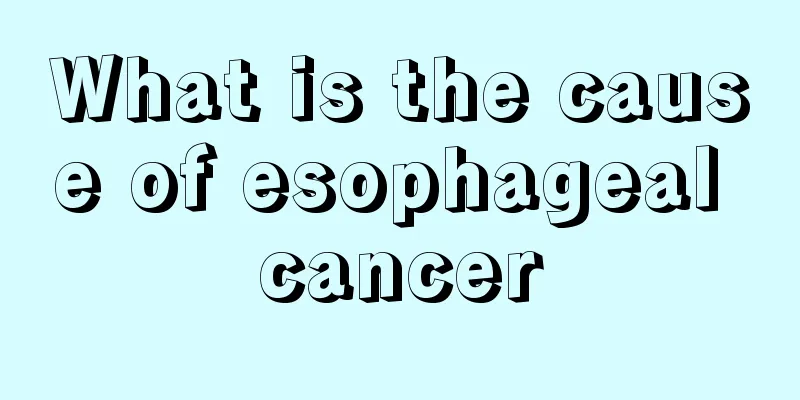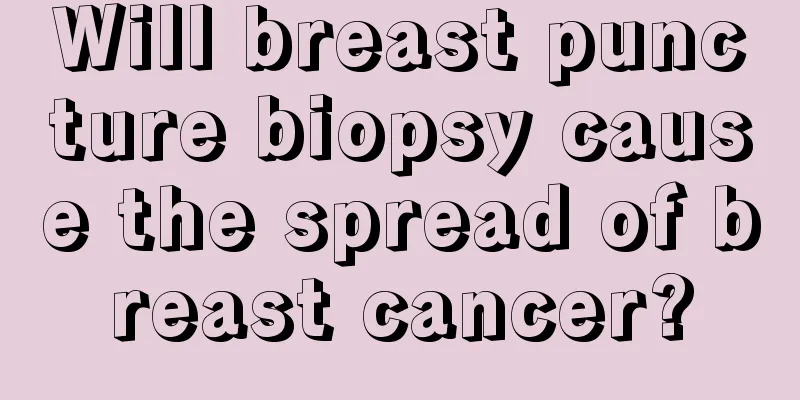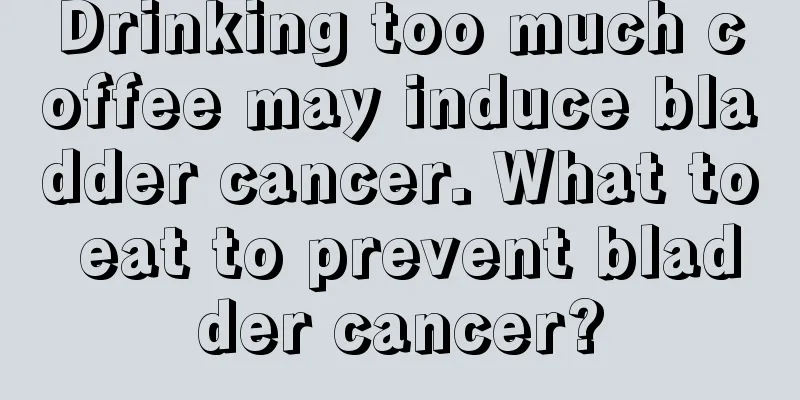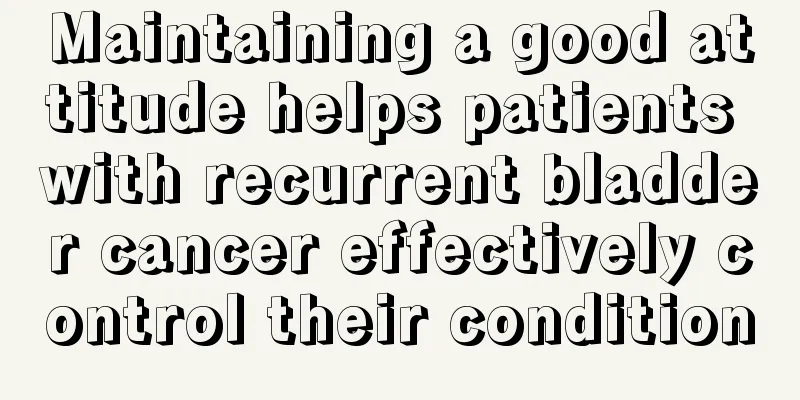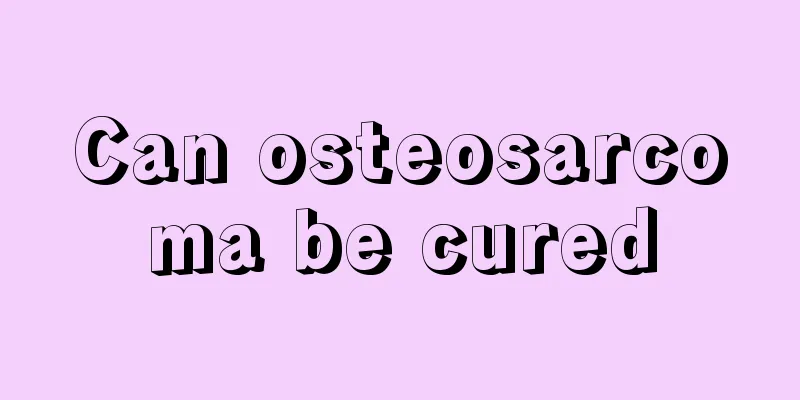Early symptoms and treatment of testicular cancer
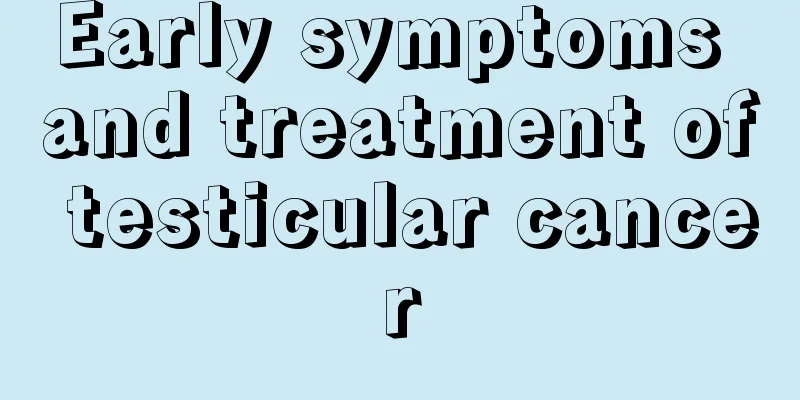
|
Nowadays, due to environmental pollution, water pollution and other reasons, the incidence of malignant tumors is increasing year by year. Many people are very scared when talking about cancer. Testicular cancer is a malignant tumor exclusive to men. Although it is not common, it is very harmful. Later, let's talk about the early symptoms and treatment of testicular cancer. Early symptoms: 1. Testicular heaviness: Testicular heaviness is one of the symptoms of early testicular cancer. Since testicular tumors are formed by the massive growth of tumor cells, they are a substantial mass. When they grow to a certain size, the weight of the testicles increases suddenly, and the patient will feel heavy and fall, or even have difficulty walking. If you hold up the testicles with your hands, you will feel a certain weight. 2. Hard testicles: If you touch your testicles with your hands, they feel like rocks and are very hard. This is significantly different from the symmetrical swelling and soft texture of the testicles when the testicles are inflamed. Hard testicles are an important symptom of early testicular cancer. 3. Negative light transmission test: Symptoms of early testicular cancer also include negative testicular light transmission test. Generally, when hydrocele occurs, the light transmission of the renal capsule and testicles is enhanced, and the light transmission test is positive; however, when the testicular tumor grows densely and solidly, there is no fluid inside, and the light transmission is greatly weakened, showing negative results. Treatment: Because the pathology of testicular tumors is extremely complex, there is no consensus on the treatment method. However, no matter which type of testicular tumor, orchiectomy should be performed first, and further treatment will be determined based on the results of pathological examination. Radiotherapy: Radiotherapy can be used for clinical stage I and IIa (maximum diameter of retroperitoneal metastatic lymph nodes less than 2cm), and combined radiotherapy and surgery can be used for stage IIb. Radiotherapy has similar efficacy to retroperitoneal lymph node dissection, but has less damage to sexual function. Combined treatment with radiotherapy and surgery may cause more damage to sexual function, so currently chemotherapy and surgery are more advocated, and combined treatment with radiotherapy and surgery is not advocated. No preventive irradiation of the mediastinum and supraclavicular is performed in clinical stage II. Chemotherapy: Combined chemotherapy with DDP as the main treatment for disseminated testicular germ cell carcinoma has a complete remission rate of 80%. For those with incomplete remission, rescue chemotherapy is used, and 30% of patients can still achieve complete remission; 90% of complete remission patients can survive long-term without cancer. If the serum marker level rises again, or the residual mass increases, rescue chemotherapy is performed. Salvage chemotherapy usually uses DDP + a combination of drugs that have not been used in the first chemotherapy. VIP and VAB-6 are currently commonly used regimens. |
<<: Brief introduction to the symptoms of testicular cancer at different stages
>>: Early symptoms of testicular cancer
Recommend
Yurt mosquito net installation
"White clouds float in the blue sky, and hor...
What are the nutritional heart drugs
Heart disease is a common and frequently occurrin...
What is the difference between chondrosarcoma and osteosarcoma
Osteoma and osteochondroma are both bone tumors i...
Peach blossom tea is so effective in expelling stool
Scented tea is a favorite among female friends an...
Does Rh positive blood type affect fertility?
There are many types of blood types, such as type...
There is always phlegm between the nose and throat, there is always inflammation, and I often feel dizzy
There are many kinds of diseases in the human bod...
How to deal with soy milk residue
Nowadays, many people like to make soy milk at ho...
What are the dangers of fat transplantation
Fat transplantation is generally autologous fat t...
Niacinamide removes acne marks
Many people may not know what niacinamide is or w...
Be careful if cervicitis is not cured for a long time and turns into cervical cancer
Be careful if cervicitis is not cured for a long ...
Are there any dangers of nose thread carving
Thread-carving rhinoplasty is a common cosmetic m...
What to do if you have a headache? A few tips to help you relieve headaches
People who often suffer from headaches cannot get...
Can lymph nodes cause headaches
Many people often feel lumps on their necks when ...
What are the small black spots on the neck?
Many people will find that they have many small b...
Benefits of kneeling on your knees
People who often watch costume dramas should know...
